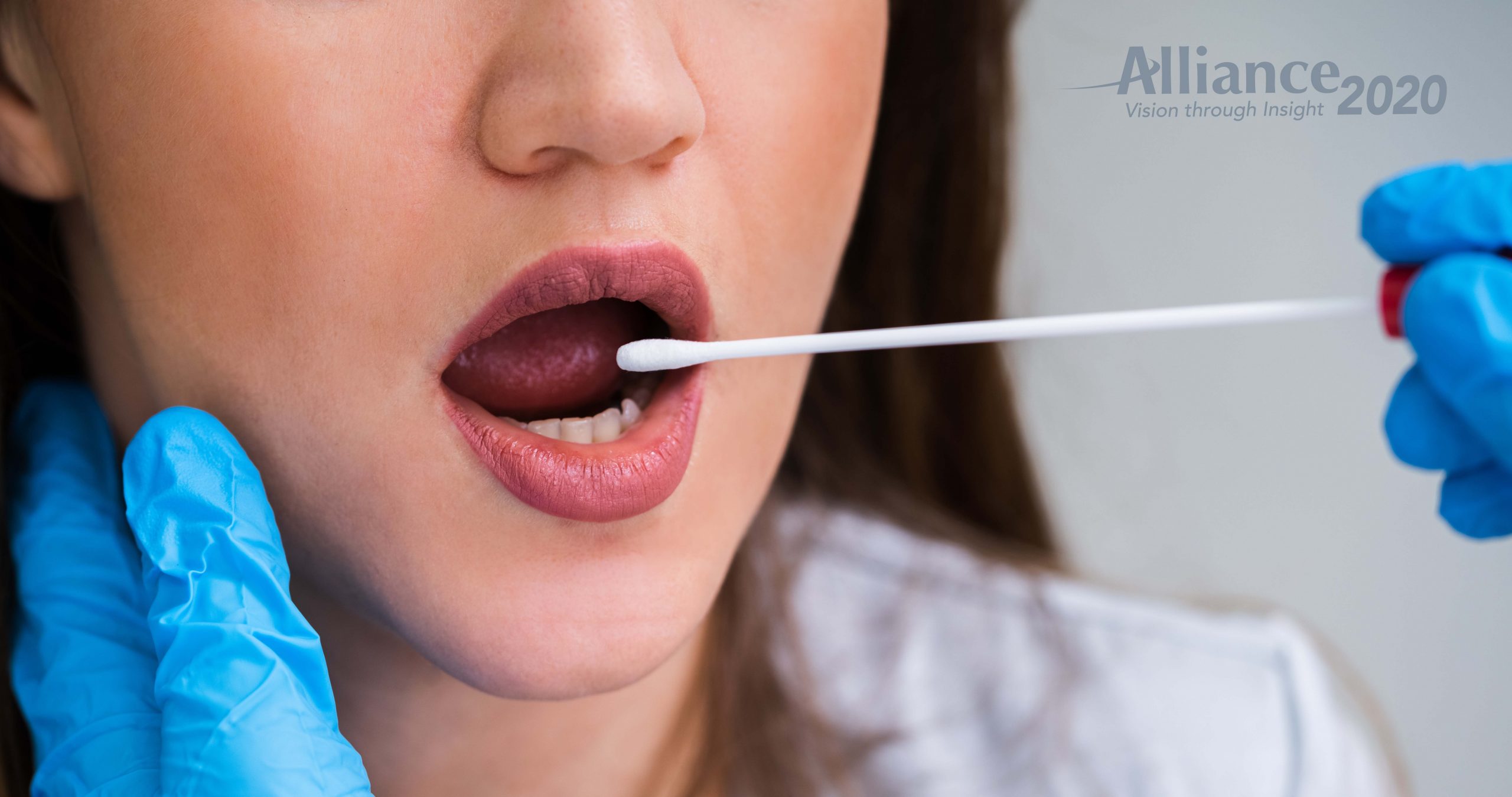How It Works
An oral swab test is an alternative drug testing method to urinary analysis. This type checks for the presence of drugs and alcohol in the saliva. When performed correctly, these tests are more than 97% accurate. To collect the sample, the technician simply swipes the inside of the cheek with a long Q-tip. Swab testing is cost effective, quick and easy to perform, and causes little discomfort to the individual. They are also more difficult to tamper with, as the collection takes place under direct observation.
Drawbacks
Oral swab testing is the preferred method for many companies with drug testing policies. However, there are a few drawbacks to this method to consider. According to the Drug & Alcohol Testing Industry Association, drugs do not remain in oral fluids for as long as they do in urine. As a result, some substances may be undetectable upon a swab analysis. Overall, swab testing is much more effective for determining current substance use.
Federal Implementation
When the Department of Transportation added synthetic opiates to its list of screened substances, there was also a push from legislatures to add saliva testing to their drug screening methods. While the DOT welcomed this new form of testing, there were some compliance related issues to address.
Under the Department of Health and Human Services (HHS) final rule, an individual can test positive for either use or exposure to marijuana, but the OTETA (Omnibus Transportation Employee Testing Act of 1991) limits DOT testing to determining ‘use’ only. A swab test cannot identify long term use, so urinary analysis must be used for this type of testing.
The OTETA also requires all specimen collections to be with a split specimen available (two vials, two swabs, etc.) so that an employee can challenge a positive result. The HHS provides containers for swab testing, but they violate the OTETA requirements for split testing. The DOT is working to find a solution on how to properly store swab specimens. In summary, the benefits of oral swab testing will enhance the DOT’s drug testing program, but there are obstacles to overcome in order apply this method of testing while meeting agency requirements.




